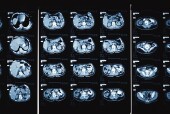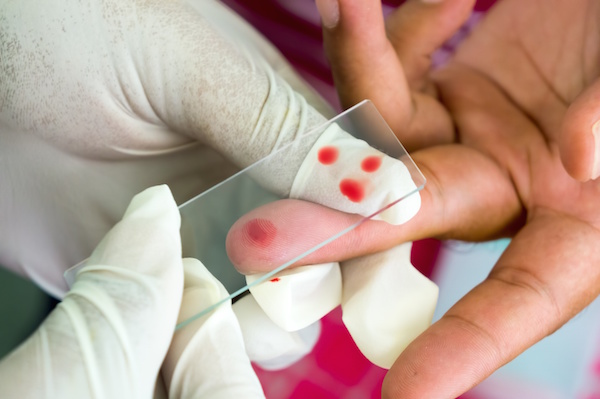
MONDAY, Jan. 7 (HealthDay News) — Deaths from cancer continue to drop for American men and women from most racial and ethnic groups, according to a new report, with significant declines seen for lung, colorectal, breast, prostate and other forms of cancer.
“This is good news in that there is continuation of the decline in the overall cancer death rate,” said Edgar Simard, a senior epidemiologist in the surveillance research program at the American Cancer Society. “The progress we are making in the fight against cancer is largely driven by the most common cancers in America.”
Simard noted that the drop in deaths from lung cancer was in great part the result of fewer people smoking and better treatment. For colorectal and breast cancers, the decline in deaths also resulted from improved screening and treatment.
Not all the news from the report was good. Among men, death rates from melanoma skin cancer are on the rise and uterine cancer death rates are up for women. Death rates for liver and pancreatic cancer are also increasing.
For these diseases, treatment needs to get better if deaths are going to be reduced, Simard said. “We would like to have more research and more public attention to these cancers,” he said.
The annual report was produced by researchers from the U.S. Centers for Disease Control and Prevention, the American Cancer Society, the U.S. National Cancer Institute and the North American Association of Central Cancer Registries.
“Our efforts in cancer prevention and control are working,” said Jane Henley, an epidemiologist in the division of cancer prevention and control at the CDC.
Henley said cancer diagnosis and deaths could be further reduced if people would live up to their New Year’s resolutions to quit smoking, lose weight, eat healthy, exercise and cut down on drinking.
The drop in cancer deaths began in the 1990s and continued as screening and treatments improved.
From 2000 through 2009, cancer deaths dropped 1.8 percent per year among men and 1.4 percent per year among women. Deaths among children also dropped by 1.8 percent per year, according to the report.
During that time period, cancer deaths for men dropped for 10 of the 17 most common cancers: lung, prostate, colorectal, leukemia, non-Hodgkin lymphoma, kidney, stomach, myeloma (a type of blood cancer), oral and tracheal cancer.
Among women, cancer deaths dropped for these common cancers: lung, breast, colorectal, ovarian, leukemia, non-Hodgkin lymphoma, brain and other nervous system cancers, myeloma, kidney, stomach, cervix, bladder, esophagus, oral, tracheal and gallbladder cancer.
In addition, from 2000 to 2009, diagnoses of new cancers dropped 0.6 percent among men and were unchanged among women.
For children, however, cancer diagnosis rose 0.6 percent, the researchers say.
For men, the drop in cancer diagnosis was seen for prostate, lung, colorectal, stomach and larynx cancers, but increased for kidney, pancreas, liver, thyroid, melanoma and myeloma.
Among women, the reduction in cancer diagnosis was seen for lung, colorectal, bladder, cervical, pharynx, ovarian, and stomach cancers, but rose for thyroid, melanoma, kidney, pancreas, leukemia, liver and uterine cancer.
For breast cancer in women and non-Hodgkin lymphoma in men and women, the rates of new diagnosis remained the same, the researchers noted.
Simard believes more progress will be made. “The future is bright as long as we continue to apply what we know about cancer prevention, control and treatment,” he said.
CDC’s Henley added that people can help prevent cervical cancer and cancers of the mouth by making sure young girls and boys get vaccinated against the human papillomavirus (HPV).
Right now, only 32 percent of girls have gotten the full treatment for HPV. “The [Healthy People] 2020 goal is 80 percent, so we have a lot of work to do,” Henley said.
The report was published online Jan. 7 in the Journal of the National Cancer Institute.
More information
For more about cancer, visit the American Cancer Society.

